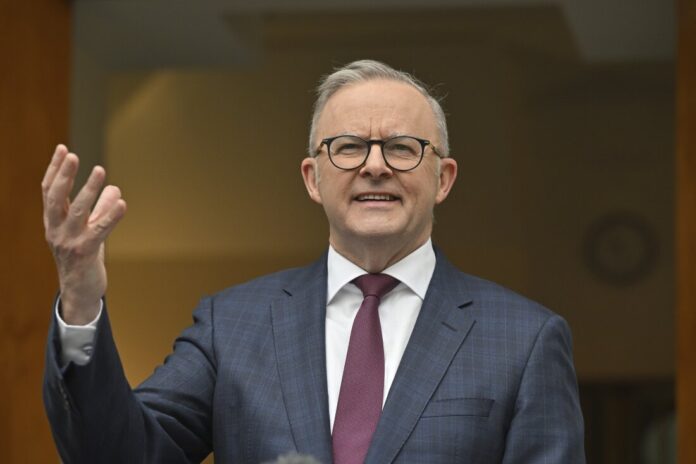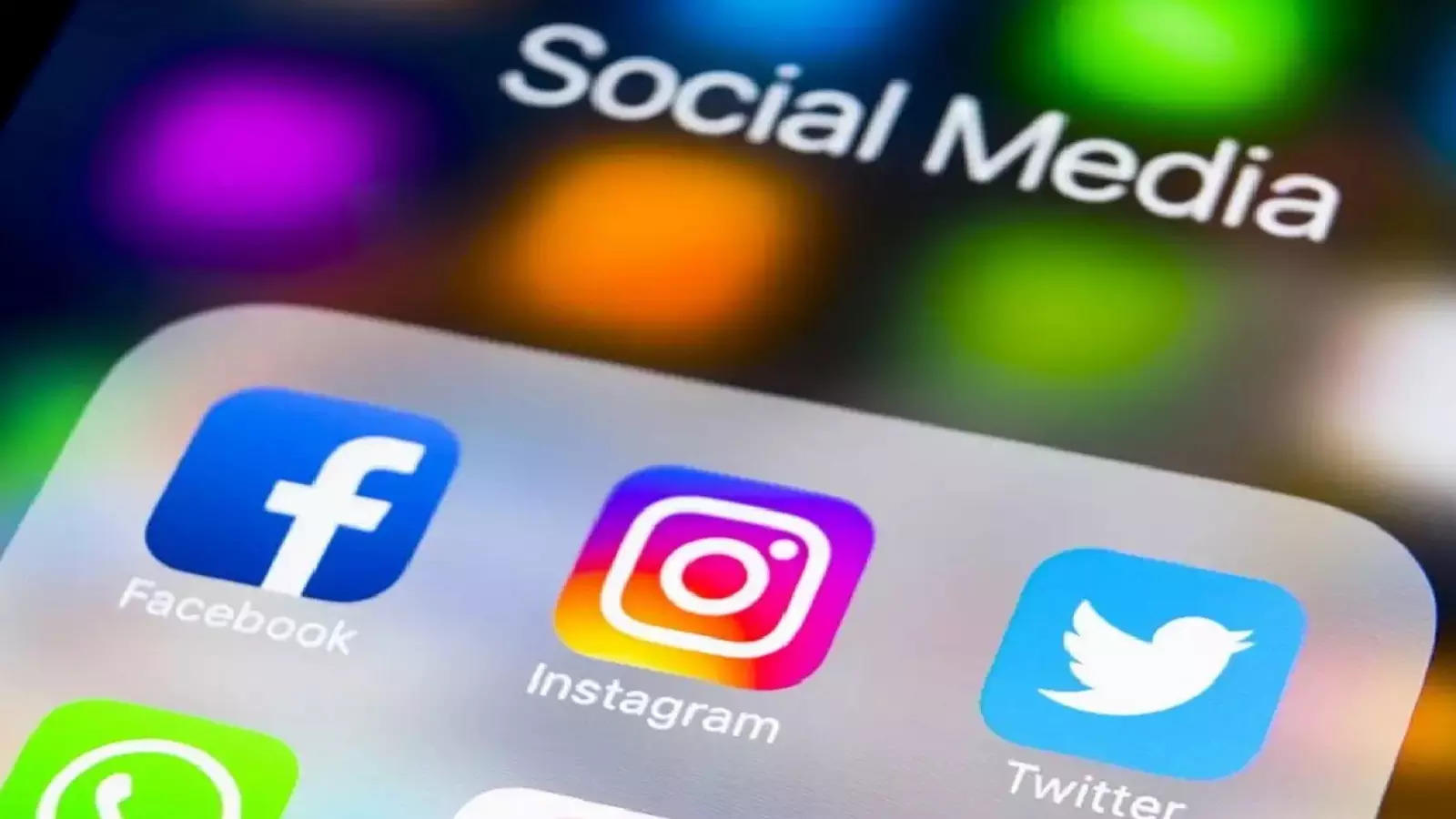In an era where social media plays a major role in shaping our daily lives, Australia’s recent move to propose a social media ban for children under 16 stands as both a bold and necessary decision. Prime Minister Anthony Albanese’s administration has taken a firm stance, recognizing that unrestricted access to social media exposes minors to a host of risks, from online predators to inappropriate content. With rising concerns about privacy breaches, exposure to explicit material, and increasing mental health issues among younger generations, it is evident that Australia’s proactive approach could serve as a model for other nations to follow.
The Dark Side of Social Media for Children.
Social media may appear as a harmless, fun space, offering connectivity, entertainment, and self-expression. However, for children, these platforms present a myriad of dangers. On platforms like Instagram, TikTok, and YouTube, children are often exposed to content they are too young to process. Research from the Royal Society for Public Health (RSPH) in the UK shows that 72% of teenagers aged 13-18 reported that social media negatively affected their mental health. This statistic highlights the urgency of regulating children’s social media access.
A major concern is the increasing prevalence of privacy breaches and explicit content on these platforms. One of the most troubling instances occurred when a 13-year-old girl’s photos were stolen and circulated without her consent by online predators, leading to significant emotional and psychological trauma for her and her family. Such breaches are not isolated events—social media platforms are struggling to maintain control over harmful content, despite their claims of monitoring. This raises serious questions about the safety of young users who are not only vulnerable to privacy violations but also become easy targets for exploitation.
Real-Life Incidents: The Price of Unrestricted Access.
The dangers of social media go beyond just privacy concerns. In India, a viral incident highlighted the alarming effects of unrestricted access when a 3-year-old girl was recorded using profane language she had learned from watching reels on Instagram. The video, which showed the toddler swearing fluently, went viral across social media. This incident raised serious concerns about the content children are exposed to. It also demonstrates how algorithms designed to engage users are often pushing inappropriate content to young audiences. This case is not an isolated one; countless children across the globe are being exposed to explicit language, adult content, and violent imagery through seemingly innocent platforms.
The challenge with platforms like TikTok and Instagram is that they are often not restricted by age, meaning that minors can freely engage with content that is inappropriate for their age group. In 2020, TikTok faced major backlash when several disturbing viral challenges, such as the “Blackout Challenge,” encouraged children to engage in life-threatening activities for the sake of online fame. Tragically, several children lost their lives attempting to complete these challenges. The most shocking case was that of a 10-year-old girl in the United States who died after attempting the challenge, underscoring the deadly consequences of leaving children to navigate these platforms without proper safeguards.
Mental Health Crisis: The Hidden Cost of Social Media.
While the physical dangers posed by social media are disturbing, the emotional toll it takes on children’s mental health is even more troubling. A study conducted by the American Psychological Association (APA) found that excessive use of social media is linked to increased rates of anxiety, depression, and body dissatisfaction in teenagers. For instance, research from the University of Pennsylvania found that teens who spent more than three hours per day on social media were significantly more likely to report mental health issues, including heightened levels of anxiety and depression. This is particularly true for girls, who are disproportionately affected by the pressure to conform to unrealistic beauty standards presented on social media.
In 2021, a teenage girl in the UK posted an image of herself on Instagram that was digitally altered to appear slimmer. After receiving validation in the form of likes and positive comments, she began to struggle with severe body image issues, leading to an eating disorder. This is just one example of how social media perpetuates harmful ideals of beauty, success, and body image. The constant exposure to curated, often fake, versions of life can distort a young person’s perception of reality, causing long-term mental health problems.
Australia’s Age-Verification System: A Game Changer.
Australia’s decision to introduce a social media ban for children under 16 aims to protect minors from such harmful content by introducing an age-verification system. This system would require social media platforms like Meta (Facebook, Instagram), ByteDance (TikTok), and YouTube to verify users’ ages and prevent those under 16 from accessing these platforms. This move sets a precedent that places the responsibility on platforms to ensure they are not facilitating access to children.
Unlike other countries that rely on parental consent or allow exceptions for children with accounts, Australia’s policy ensures no loopholes, with no exceptions allowed for minors under 16, even with parental consent. In fact, the responsibility to prevent children from accessing these platforms would rest with the social media companies themselves. This is a significant step, as it shifts the burden away from parents and places it on the tech giants that profit from children’s engagement.

What Does Australia’s Decision Mean for the World?
Australia’s move could set a groundbreaking precedent for how governments worldwide regulate social media access for children. Currently, a number of countries have made attempts to limit social media use among minors, but Australia’s policy is one of the most stringent. France, for instance, proposed a similar ban for children under 15, but it allowed parental consent to bypass the restriction. Meanwhile, in the United States, the Children’s Online Privacy Protection Act (COPPA) has required platforms to seek parental consent for users under 13, but it has done little to curb the influence of social media on young users who manage to bypass age restrictions.
If successful, Australia’s policy could serve as a model for other countries grappling with how to protect children online. In an era where more than 60% of children aged 10-12 already use social media platforms, the need for such regulations has never been more urgent. According to a report by Common Sense Media, nearly 80% of 16-18-year-olds have social media profiles, but many are exposed to cyberbullying, explicit content, and other dangers.
Social Media’s Threat to Children’s Well-being.
The reality is that social media, despite its advantages, can be a dangerous playground for children. It creates environments that expose them to harmful influences, whether through privacy violations, exposure to adult content, or the pressure of unrealistic standards of beauty and success. Social media companies have long prioritized engagement and profit over the well-being of young users, using algorithms designed to keep users hooked without regard for the mental or physical toll it takes.
Australia’s proposed ban challenges this status quo, placing the well-being of children above corporate interests. The decision underscores the fact that online spaces are not inherently safe for young people and that we must be vigilant in protecting them from the dangers lurking in digital spaces.
Australia Leading by Example.
Australia’s proposed ban on social media for children under 16 is a bold step toward protecting minors from the harmful effects of social media. With mounting evidence that social media harms children’s mental health and exposes them to significant risks, it’s clear that this regulation is not just necessary, but urgent.
By taking a strong stance against social media access for minors, Australia is setting an example for the rest of the world. If other countries follow suit, we could see a major shift in how children are protected online. While social media platforms can be beneficial tools for education and connection, we must balance these benefits with the undeniable risks posed to young, impressionable minds. Australia’s move is a step in the right direction, showing that it is possible to regulate the digital space in ways that prioritize the safety and well-being of children.


